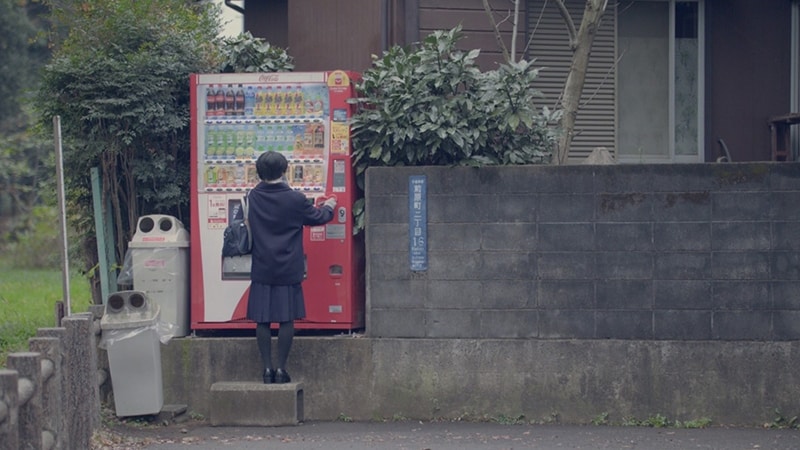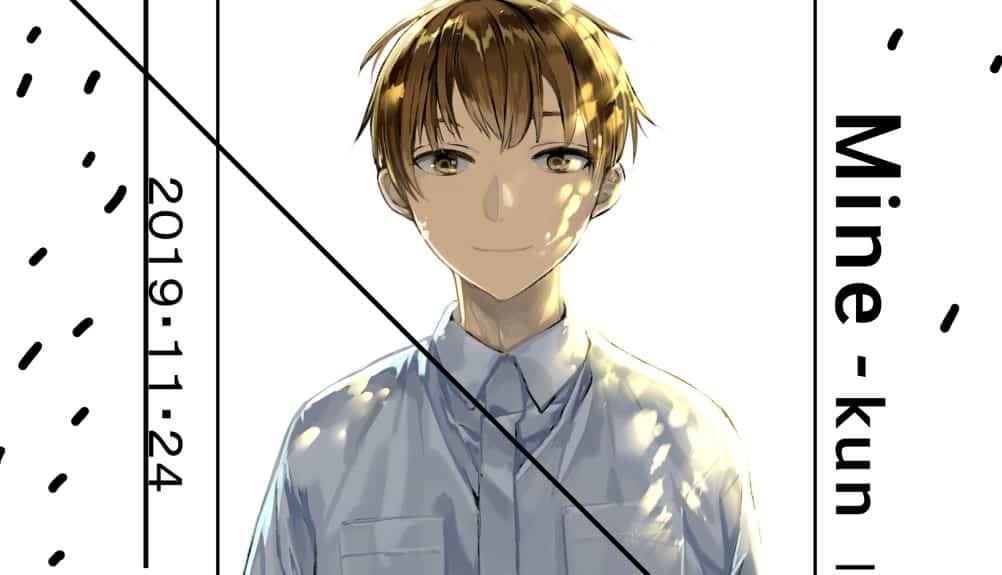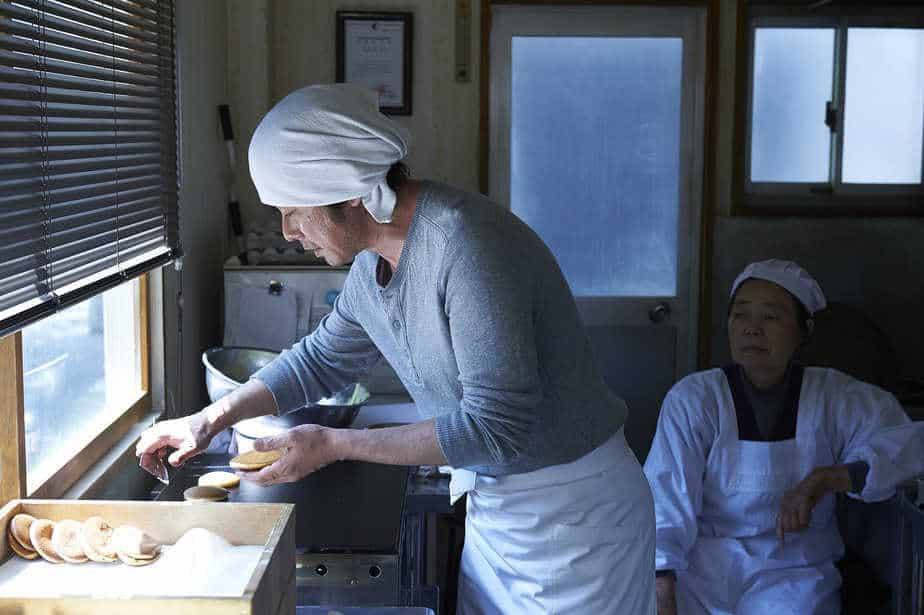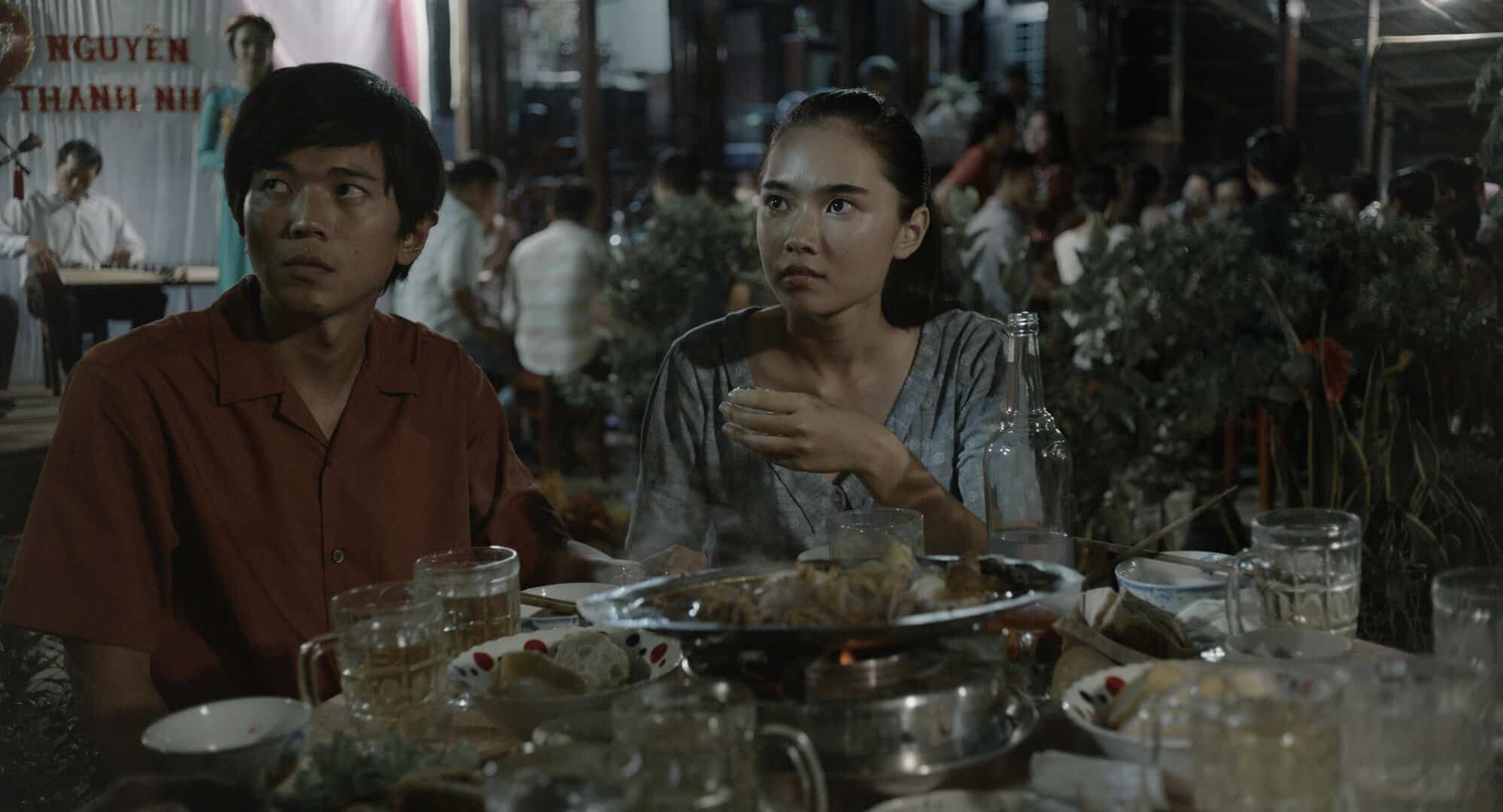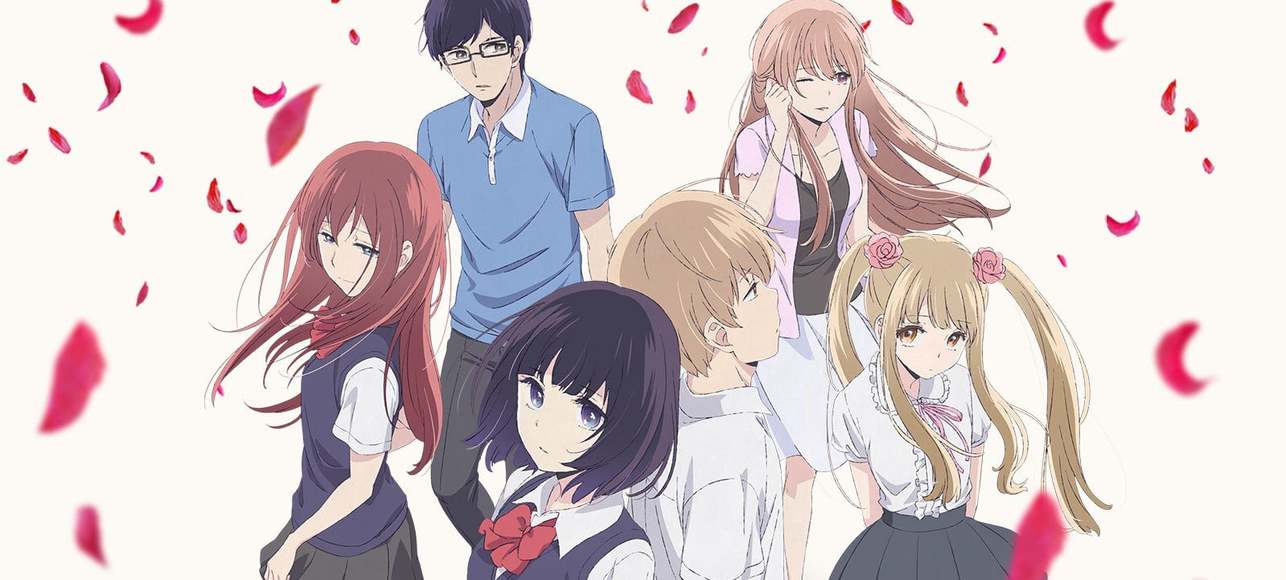“Until It Cools Down” is the first collaborative short of Kyoto Sato and Kanon Okamoto. Under the instruction of Hirokazu Koreeda, Makoto Shinozaki, and Tamaki Tsuchida, the two Waseda University graduates took part in the “Film Production Training Initiative 2020”. The triangle love story about two high school girls and a male classmate tackles the “ifs”, “whens”, and “whys” of teenage affection.
Until It Cools Down is screening at Skip City International D-Cinema Festival

When Kento introduces his childhood friend Mariko to his girlfriend Azusa, the young women catch feelings for each other and Kento starts to distance. The simple story spans over roughly 20 minutes and definitely feels like a student project. Many close shots create cramped images that do not please the eye. Disruptive editing of the mostly handheld camera scenes adds up to the amateurish technical aspect of the film.
On the upside, the newcomer Shiki Morikawa, Ao Sekiguchi, and Aoi Kato deliver a refreshing performance in their lead roles. Their characters reflect on the inscrutable paths of life and convey a real sense of authenticity. Still, the story remains average as the course of events appears predictive from the very beginning. The script avoids further dramatisation and some plot points are not explained. This can be unsatisfying and hinders the message of the film to come across.
After Ayaki Kishi's “Sitting at an Angle” (2020), “Until It Cools Down” marks the second production in a row from the ambitious “Film Production Training Initiative” that is being screened at the “Skip City International D-Cinema Film Festival”. Since 2015, the project aims to enchant mainly students from non-artistic majors for the craft of filmmaking, introducing them to scriptwriting, camera work, and editing. Okamoto, who majored in Engineering, used the initiative to shoot on the locations of his childhood, which brings a very personal touch to the short.
Keeping in mind that “Until It Cools Down” represents the first steps in unknown territory for its creators, the overall critique cannot be too harsh. Nevertheless, there is much more ahead for Kyoto Sato and Kanon Okamoto to learn.


